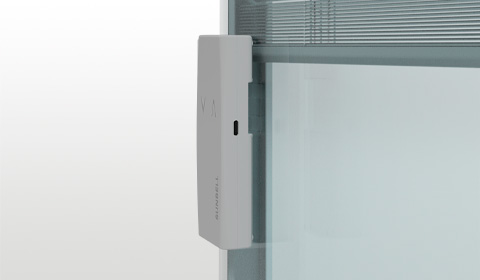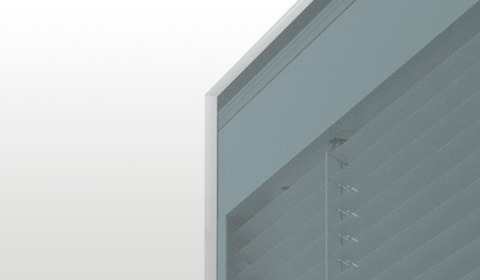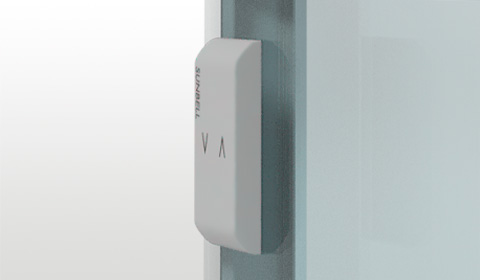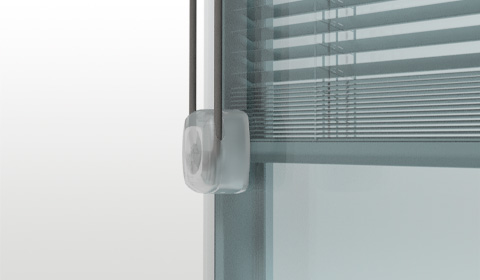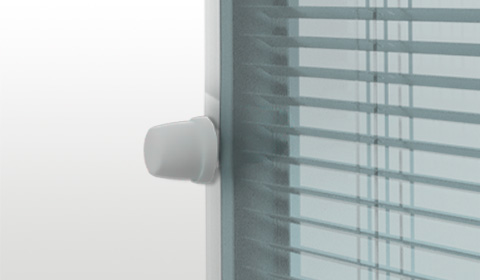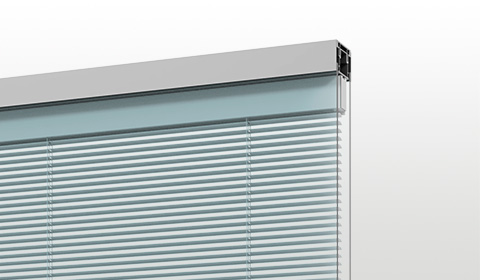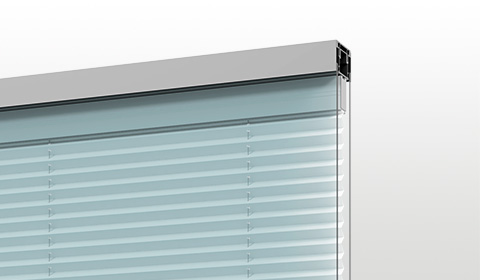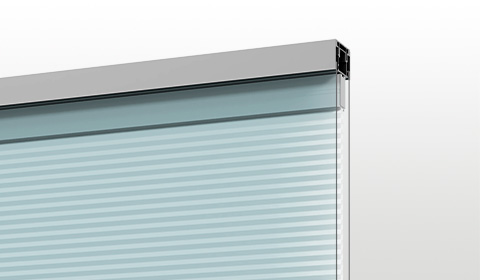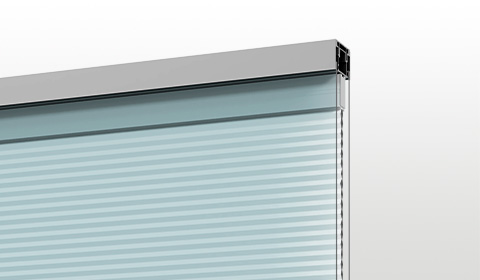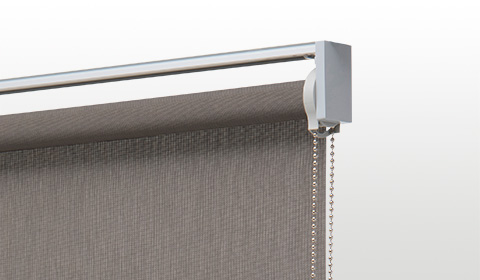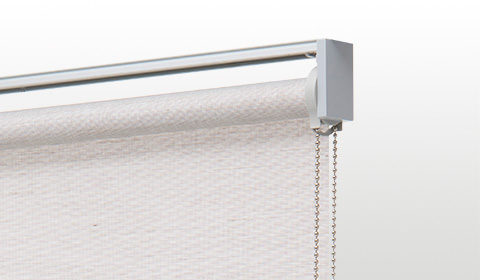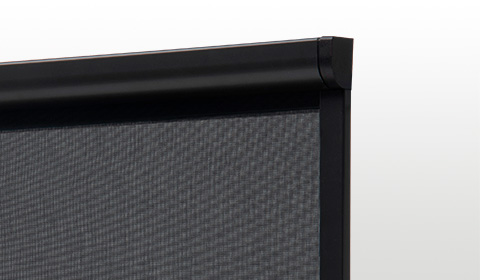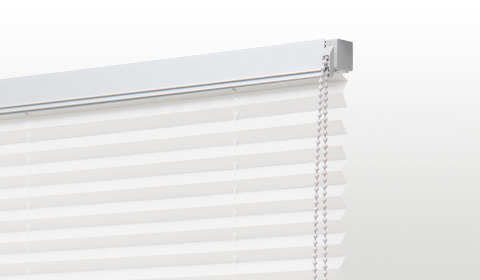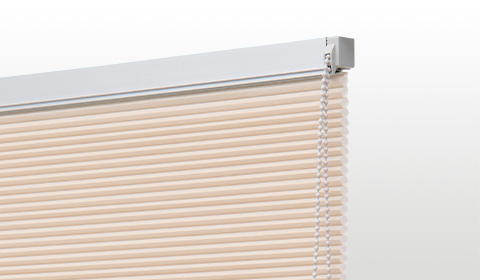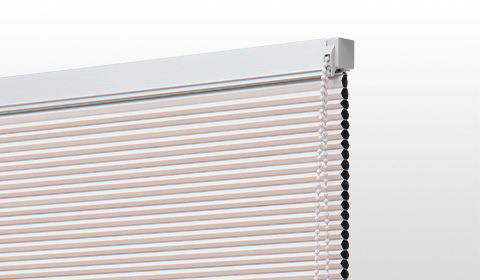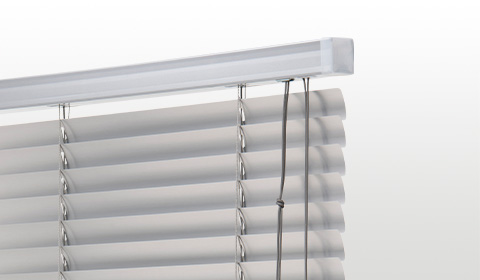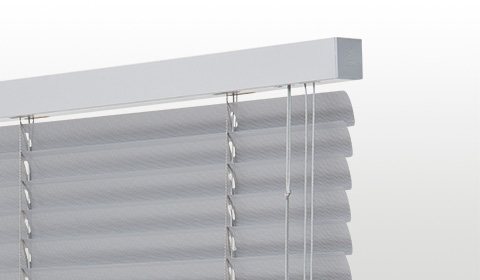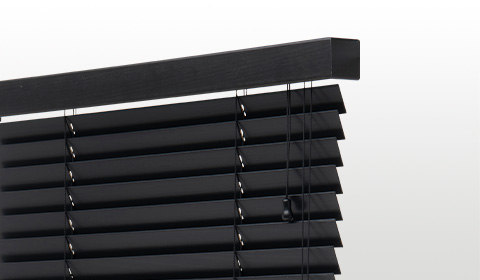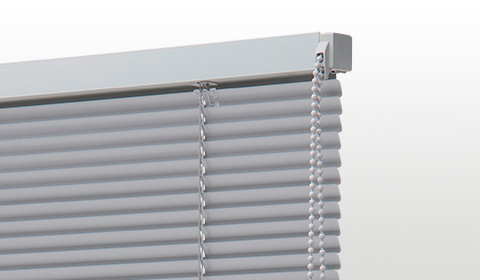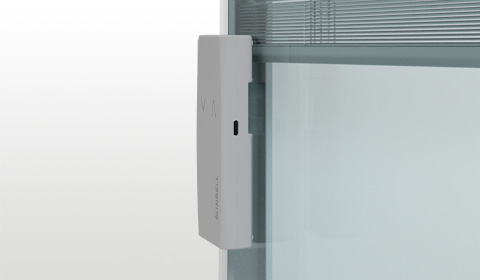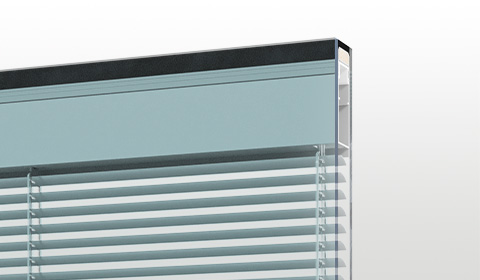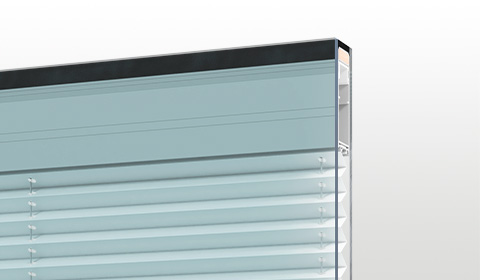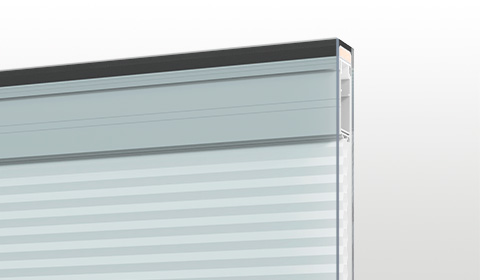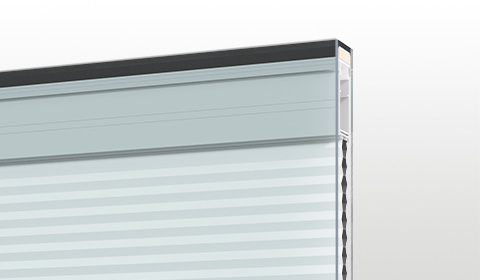If you want to create stylish interior design in your home, you need to pay attention to every little detail and be careful about your choice of furnishing accessories.
Including natural elements like plants helps make a space feel more comfortable and relaxing.
In addition, they can help purify the environment, removing carbon dioxide and particulates and helping with humidity.
Your living comfort can be improved if you choose the right plants for the right rooms, put them in the right places and take care of them in the right way.
Not all plants are suitable for interiors. A lot of plants are only suitable for the exterior and if placed inside a house will wither and die very quickly.
You should only consider plants suitable for inside houses or apartments, and you should always be careful where you place them.
Here are a few suggestions to avoid common mistakes and create an environment that will inspire calm and tranquillity.
Plants for interior design: key things to consider
When choosing the most suitable plant for your interior and the right place to put it, you need to consider your taste and the characteristics of your home.
1. Temperature
Temperature is a key factor for plants’ wellbeing, and it’s very important to keep it in mind.
For example, air conditioning tends to dry a plant’s soil more slowly, while heating systems will dry the soil more quickly, which may affect the plant.
This is why it’s essential to keep plants away from strong sources of heat and why it may be necessary to water them more in the winter rather than the summer when the air conditioning will keep your house cooler.
If your home experiences regular variations in temperature, you should avoid more delicate plants and opt for stronger plants instead.
2. Humidity
Remember that some plants require more humidity than others and that most rooms in a house have low levels of humidity.
This is another reason why it is usually better to keep plants away from cooling or heating systems.
If you would like to have a tropical plant like Sterlitzia Reginae (Bird of Paradise), Monstera, Chamaedorea (Small Palm) or Rhapis Excelsa, (Broadleaf Lady Palm), you are going to have to spray them daily to guarantee them the right amount of humidity.
If you think you might not have the time to do this, it’s probably better to opt for a plant that will require less humidity.
3. Light levels
Another important element to take into consideration is brightness and direct exposure to sunlight.
The 3 key factors affecting brightness are:
- the distance between a plant and a window
- which direction the window is facing
- what’s in front of the window (direct or indirect sunlight)
These considerations are essential for the plant’s wellbeing, so you should think carefully about the level of light in the spot where you want to place a new plant.
The general rule is to choose the spot and then pick a plant.
For example, a south-west facing window will have high levels of light; windows that face east or west will have medium levels and a north-facing window will have lower levels of light.
Once you have established how bright the spot is, pick a plant that will thrive with that level of sunlight.
Plants that need strong and direct sunlight are succulent plants or cactuses.
Ficus, Pilea, Aglaonema, Monstera and Maranta are perfect for windows facing east or west with medium light levels or in situations where the light is indirect or where it is filtered by a blind.
Plans that need low levels of sunlight are Asplenium, Aspidistra, Zamioculcas, and they are your best bet in situations with low light levels such as north-facing windows or maybe staircase landings.
4. Dimensions
When thinking about the dimensions of a new plant, a few things need to be borne in mind:
- Floor plants should be tall, while table or window plants should be shorter.
- Your plant will grow, so make sure to buy one slightly smaller than the one you have in mind, especially if you don’t have a lot of space in your home.
- Big plants can be heavy to move, so it is better to choose a smaller one if you plan to move them around a lot.
- A big and tall plant or a creeper will have a different visual impact than a smaller and more discreet plant.
- The dimensions of the objects surrounding a plant are very important. A small plant will look lost on a big table, while a large plant will overwhelm a small table.
These considerations should be evaluated along with the space available at home, as it’s not a good idea to overcrowd your space with big plants or waste money on small plants that look lost in a big room.
Last but not least, you should always place your plant where there is good air circulation.
If you have a room with limited air circulation, you should choose plants like Aspidistra Elatior, or cast-iron plants, which are exceptionally resistant to harsh conditions.
Plants for interiors: which ones to choose
As mentioned already, plants for interiors will improve your living comfort, personal wellbeing, and the decor of your room.
Now, let’s look at different types of plants for different interiors. The options available are numerous, but we will focus primarily on three major categories: evergreens, flowering plants and succulents.
1. Evergreens
These are amongst the most popular plants, even if they are flowerless, because they will remain green throughout the year and will give your room a ‘natural look’.
The most popular ones are:
- The Corn Plant (Dracaena Fragrans) grows long green leaves, and needs sunlight to thrive.
- Pothos is a creeper that grows quickly and needs a lot of water.
- Kenzia is a palm with a short trunk and long leaves that needs low light and a small amount of water.
2. Flowering Plants
Ideal for giving your home a touch of colour and if you want to be creative as they will change their look depending on the season.
The most popular ones are:
- Anthurium, with its shiny leaves and white flowers, blossoms in the summer, likes dim light and needs a lot of water.
- Bromelia – known as the ‘living room pineapple’, presents meaty leaves with a red and orange flower in its centre. It likes bright spaces but not direct sunlight.
- Spathiphyllum has drop-shaped leaves and chalice-shaped flowers. Very elegant, it needs bright spaces and little water.
3. Succulent plants
Succulent plants are the ideal choice for anyone who doesn’t have green fingers.
They don’t need much attention, making them ideal interior accessories with or without flowers.
The most popular are:
- Cactus, in all its different types. They need only a little water and bright spaces.
- Echeveria: small with grey-blue leaves. It grows slowly, and in the summer, produces tiny flowers. It’s capable of living without water for weeks.
- Sansevieria: has long meaty leaves with yellow borders. It likes light and water, it doesn’t grow much, and it is remarkably resilient. It has the ability to purify the air, and it releases a lot of oxygen.
Conclusions
As we have seen, there are many options when it comes to plants for your interiors. However, each of them has special characteristics that need to be considered when you are deciding in which room and position you want to put them.
Essential factors are humidity, access to water and light levels. This last can be filtered simply by installing blinds which will be perfect to create a special green corner in your home.


